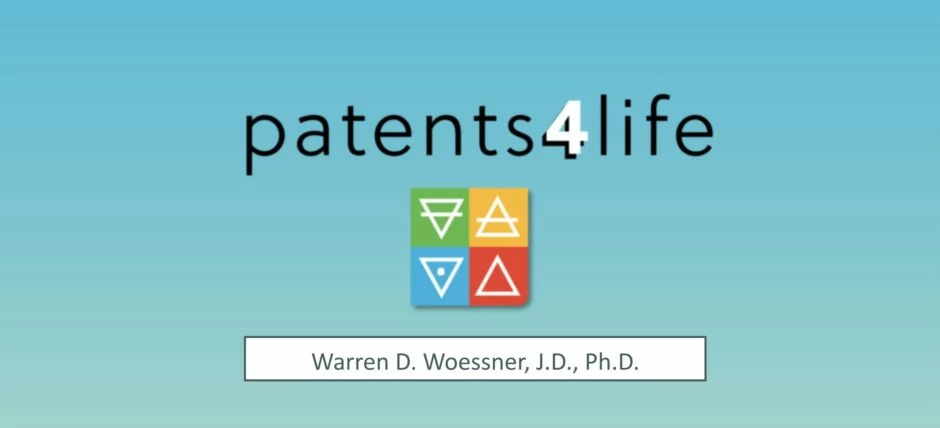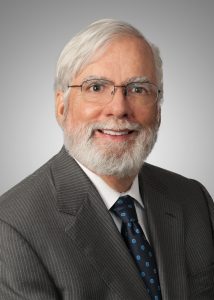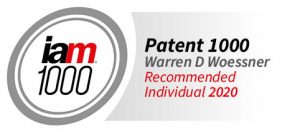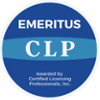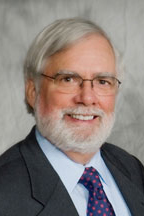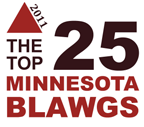Although Director Iancu’s address primarily aims at the difficulty of determining when a claim is directed to an abstract idea, his precursor guiding light is clearly the late Judge Giles Rich. Notably, Iancu quotes from Judge Rich. These quotes are all taken from Judge Rich’s lengthy opinion In re Bergy, 596 F.2d 952 (CCPA 1979):
“[Judge Rich] said at the time that problems [with s. 101 jurisprudence] can arise due to the unfortunate… though clear commingling of distinct statutory provisions which are conceptually unrelated, namely those pertaining to categories of invention in s. 101 which may be patentable, and to the conditions of patentability [ss. 102, 103, 112].”
“The genius of the 1952 Patent Act, of which Judge Rich is widely viewed as a principal author, was that it characterized the bases for patentability. Our recent s. 101 case law mushes them all up again. As Judge Rich said, this ‘may lead to distorted legal conclusions,’ And it has. And it must end.”
“Section 101 itself lists four categories [of invention]: process, machine, manufacture, and composition of matter. The judicial exceptions should likewise be clearly categorized. As Judge Rich explained, when we deal with s. 101, “the sole question… is whether the invention falls into a named category, not whether it is patentable.’’
“Judge Rich was again perceptive, which he noted 40 years ago that ‘To provide the option of making such a rejection under either 101 or [a condition for patentability] is confused and therefore bad law.’” Continue reading
